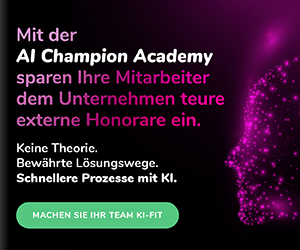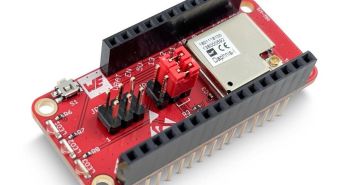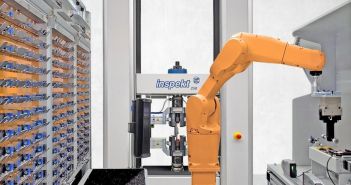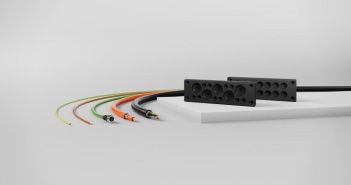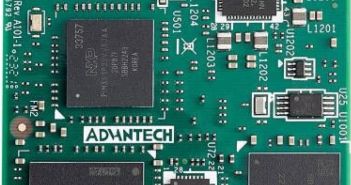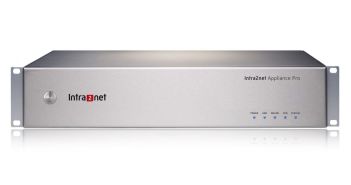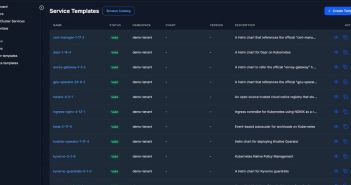At OMR 2025, industry leaders observed a transformation in digital communication as AI agents began autonomously handling purchasing decisions, circumventing traditional touchpoints. This AI2C framework challenges the centrality of corporate websites while Google AI Overview, ChatGPT, Perplexity, and Claude reshape search behaviors. Companies must adopt modular, semantically structured content to maintain visibility within AI-driven ecosystems. Schindler Parents teams analyze interfaces, devise architectures and craft machine optimized touchpoints integrating content, technology.
Table of Contents: What awaits you in this article
OMR 2025 Signals Fundamental Shift Towards AI Agent Automation
At OMR 2025, futurist Amy Webb stressed a profound transformation in digital communication, outlining three sequential phases: initial experimentation (2023-24), pilot adoption (2024-25), and now complete automation by AI agents. Roland Eisenbrand of OMR added that AI-driven interfaces are replacing traditional customer touchpoints, rendering branded websites less central to visibility. This shift compels brands to rethink their online presence as AI intermediaries redefine how consumers discover and engage with information.
Autonomous AI Consumers Independently Negotiate, Evaluate And Complete Purchases
In the AI2C paradigm, autonomous artificial intelligence agents operate on behalf of consumers to negotiate, evaluate, and execute purchases. Multi-agent systems autonomously interact with each other, compare service and product offerings, and determine outcomes based on criteria. Conventional classifications such as business-to-consumer and business-to-business are dissolving as emotional branding and reputation diminish in influence. Instead, the decisive factors become semantic organization, data integrity, and model-level relevance scores within decision frameworks.
Google’s AI Overview Cuts Organic CTR By Eighty Percent
According to Roland Eisenbrand, the era of traditional brand websites is over as Googles AI Overview has reduced organic click-through rates from 4.0% to 0.6% and decreased paid search rates from 17.2% to 6.6%. Users now initiate purchase journeys through chatbots, multimodal search platforms, or personal AI assistants. Businesses must decouple from conventional web presences, rethink digital channels, and design seamless experiences that serve autonomous agents and emerging engagement models.
Future visibility demands modular AI response modules over URLs
In the emerging paradigm of digital content retrieval, visibility no longer hinges on traditional URLs. Instead, AI systems such as ChatGPT, Perplexity, and Claude access modular answer components stored within semantic data architectures, bypassing static web designs entirely. Relevance metrics are determined by compatibility with underlying machine learning models rather than page click-through rates. Authors must therefore structure content into discrete, semantically tagged modules that optimize interpretability, weighting, and retrievability.
SEO strategies now emphasize AI model relevance over keywords
Search engine optimization is shifting from a keyword-centric strategy to prioritizing relevance within AI models. Websites must communicate structured data that informs intelligent agents which information is most critical. Social platforms undergo multimodal evaluation, integrating text, imagery, and user behavior into relevance scores. Email campaigns are assessed not only by open rates but also by how digital assistants interpret their importance. Data architecture becomes essential to support reliable model-driven performance.
Design Interfaces Serving Human And AI With Collaborative Processes
Designing digital touchpoints requires a dual focus on human users and automated agents. Strategies, content creation, and technologies converge to deliver seamless experiences across language, visual, and behavioral dimensions. Traditional channel-centric approaches become obsolete as interfaces increasingly rely on semantic data structures and multimodal inputs. Designers must ask how data is captured, prioritized, and processed by AI systems, prompting adoption of workflows, interdisciplinary collaboration between marketing, IT, and data science.
Schindler Parent analyzes touchpoints for AI-readability and model relevance
Schindler Parent helps enterprises analyze current touchpoints for machine readability and AI model relevance. In targeted workshops, experts identify structural gaps, technical inconsistencies, and strategic opportunities. Together, they develop semantically organized content across text, images, and video. New interfaces are designed to be modular, data-driven, and optimized for AI integration. Through enablement programs, teams gain the skills and processes necessary for continuous iteration, maintenance, and alignment with evolving AI technologies.
AI-Optimized Interfaces Transform Processes Expectations And Touchpoints For Consumers
KI-optimized interfaces are reshaping workflows, user expectations, and interaction points across stages. Organizations committed to this evolution conduct thorough audits of digital infrastructure along defined customer journey phases. By designing interfaces that serve both human users and machine agents, they establish channels for interaction. Early adaptation enables deployment of structured, efficient, and AI-model-aligned communication strategies. Those embracing this paradigm achieve sustained visibility and competitive advantage in an autonomous AI-agent-driven environment.
